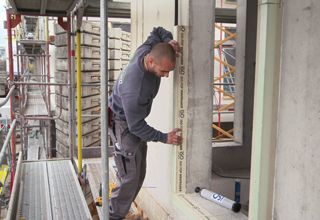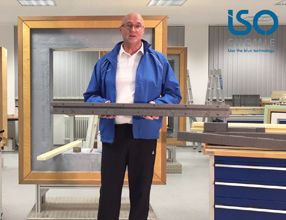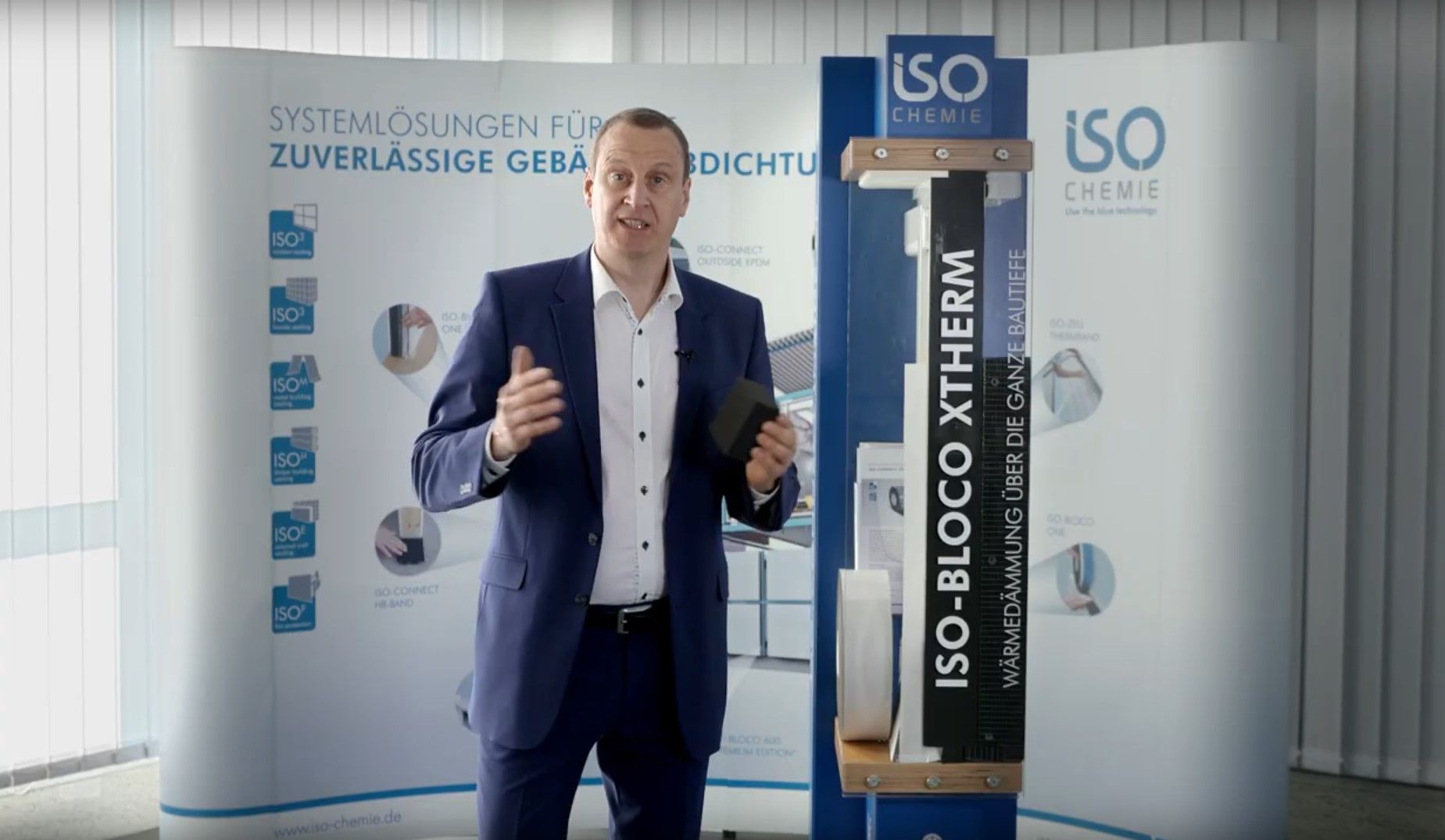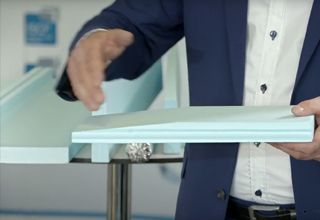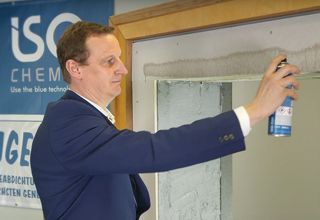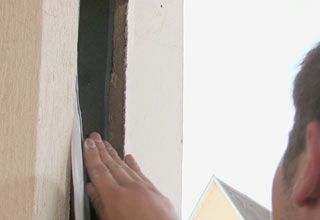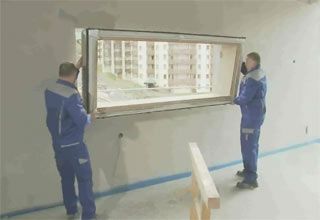Why should you want to improve your house’s energy efficiency? The reasons speak for themselves!
Preventing heat losses in the house
Save heating costs and reduce energy costs
Lower greenhouse gas emissions
Increase comfort and cosiness in your living space

Seal windows correctly to prevent draughts
A heat loss from the window not only means a heat loss in the house – it can also be very unpleasant. At cold times of year, in particular, draughts can greatly reduce the cosiness and comfort of the house interior for its residents. Energy-efficient and sustainable sealing of the window joints is therefore of immense importance.
Prevent condensation and mould
As well as wasting energy, poorly sealed and insulated houses often have to cope with moisture and condensation. If this results in mould growth, this is not just a matter of well-being – the risks for the residents’ health are great.
Advantages of modernisation to improve energy efficiency for house owners and residents
A renovation to improve energy efficiency will bring you many benefits. The greatest added benefits are summarised clearly below:
Save energy
The potential savings will differ according to the condition of the old building. Thus, for example, renovating the roof to improve energy efficiency combined with thermal insulation for the exterior facade can reduce energy costs by 30 to 40%. If all the windows are replaced as well, the energy consumption can be further reduced by up to 15%.
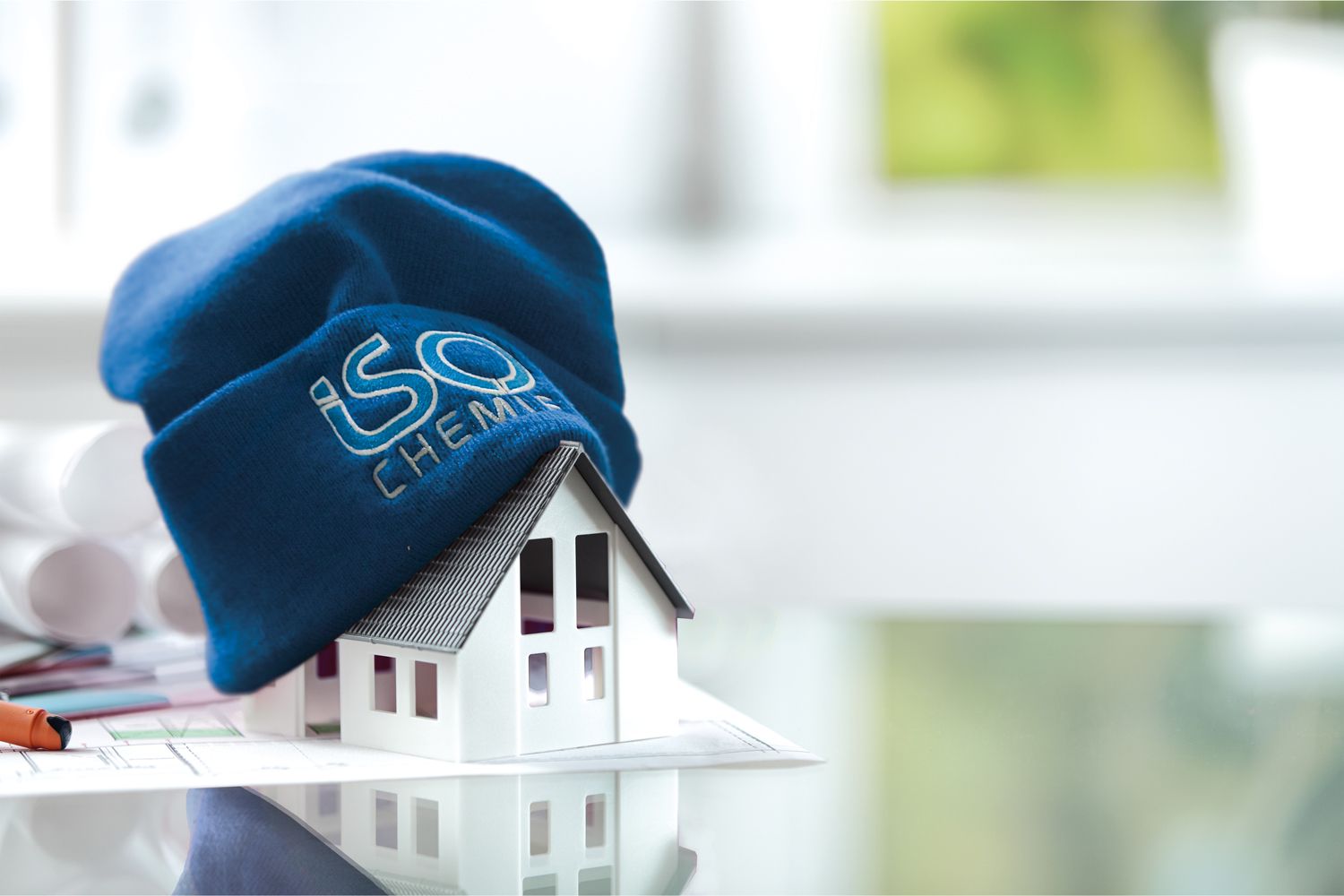
Save money
Large amounts of warm air are often lost through structural joints, a fact that is reflected in high heating bills. If you renovate the joints in an old building to improve energy efficiency you will not only save energy. You will also save lots of money in the long term. Most investments in measures to improve energy efficiency pay for themselves after just a few years.
Increase value
Renovations to improve energy efficiency in old buildings, houses and apartments have a positive effect on their value since good energy efficiency is a powerful sales argument in the face of constantly rising raw material prices.
Wellbeing
When house owners decide to renovate their old building to improve energy efficiency it is often very important to prevent draughts, moisture and mould with a view to feeling better in their own four walls, and thus improving their quality of life.
Environmental awareness
As long as we obtain most of our energy from fossil sources, saving energy will not simply be a matter of reducing costs – it will also overall make a significant contribution to environmental protection.
Eliminating weak points for measures to improve energy efficiency in old buildings
Heat losses from the house
In most houses, the largest heat losses are through the building envelope. So you should pay most attention to the wall, facade, roof and window surfaces in your modernisation to improve energy efficiency. The costs of renovation work to improve energy efficiency generally pay for themselves quickly.
Roof refurbishment to improve energy efficiency or insulating the top storey ceiling can also make a large contribution, especially when there is poor thermal insulation in the existing roof. Combine this with renovating the outer facade and you can save up to 40% on your energy costs.
Heat loss from windows
One of the most common reasons for unnecessary heat loss are leaky windows and doors. Sometimes it is enough simply to properly seal windows and structural joints in the old building in order to reduce heat losses. To prevent leaky windows, the window connection joint must now be sealed in a special way that complies with the RAL principle of "inside tighter than outside".
It is not always cost-effective to completely replace a window with a modern thermally insulated window. In some cases it may be more sensible to just replace the glass (Ug value). The decisive factor for the whole window is the Uw value and the question of whether the energy saved is sufficient to pay back the cost of replacing the window over that window’s lifetime (around 35 years).
With single-glazed windows, it is almost always better to replace the old window in order to save energy. Improvements of up to 500% are technically conceivable. New windows can be sealed during installation to make them permanently air impermeable, thus reducing thermal bridges. This will prevent mould growth and other structural damage; building owners can enjoy their airtight windows for many years. Thermally insulated windows also increase the surface temperature on the inside of the glass, which positively affects the ambient temperature and increases comfort.
Costs involved in renovating an old building to improve energy efficiency
It is not possible to give a ballpark figure of how much it costs to renovate an old building to improve energy efficiency. The actual costs depend on factors such as the state of the building, its size and the desired energy savings.
Public funding for renovating old buildings to improve energy efficiency
It can be a big shock if a renovation to improve energy efficiency results in four or five digit costs, even if the renovation work will pay for itself in just a few years. There are, however, various options for grants and loans that may help to reduce costs to some extent.
In Germany, the government funding for efficient buildings (BEG) has offered support for renovating properties to improve energy efficiency since 2 January 2021. Grants are available for residential buildings, non-residential buildings and one-off measures.
Grants can be obtained for complete renovation to create an efficiency house, but they are also available for individual measures to improve energy efficiency such as thermal insulation for ceilings, roof and external walls, the purchase and installation of thermally insulating doors and windows, new heating systems and much more.
Support is available for all measures on buildings that improve energy efficiency. The technical design and construction support for the measures by energy efficiency experts can be subsidised. There are, however, certain (technical) conditions and restrictions for these grants. For further information, go to the website of the Federal Office of Economics and Export Control (BAFA).
To give you an initial impression of the amount of grant money available, we have checked out a few examples from the BEG’s list:
- “Insulation of external walls, roof, storey ceilings and floor surfaces; replacement of windows and external doors” - funding rate 15%
- Solar thermal systems - funding rate 25%
- Heating optimisation - funding rate 15%
- Technical design - funding rate 50%
The German Reconstruction Loan Corporation (KfW) also offers investment grants and loans at favourable interest rates. It is important, however, that you do not start the renovation work to improve energy efficiency until you have received confirmation for your application from the KfW.
Is renovation to improve energy efficiency mandatory in old buildings?

If you purchase or inherit an existing property, renovation to improve energy efficiency is mandatory. This is governed by the German Building Energy Act (GEG), which developed from the Energy Saving Ordinance (EnEV) and has been in force since 1 November 2020. In detached and semi-detached houses, energy efficiency standards must be implemented within two years after a change of ownership. Owners who have been living in their house for a long time are currently exempted from many obligations.
This obligation to carry out renovation work to improve energy efficiency relates to the areas of heating and the building envelope, including insulation of heating and hot water pipes in unheated rooms, thermal insulation of the top storey ceiling and replacement of old gas or oil boilers.
Common misconceptions concerning renovation to improve energy efficiency
Does thermal insulation increase the fire risk?
Essentially almost any other material burns faster than plastered masonry. This especially applies to renewable raw materials. Ultra-modern flame retardants greatly reduce the fire risk, however. There are also non-combustible insulating materials such as mineral wool or expanded clay.
Does thermal insulation increase the risk of mould formation?
This myth is both false and persistent. There is absolutely no reason why correctly executed external insulation should lead to mould growth. Quite the opposite. Mould grows where it is damp and cold. Moisture forms on cool spots because the moisture in the air condenses out and creates condensation. This could be cold spots on the walls, especially where there is poor ventilation, such as parts of the wall behind furniture. A well-insulated wall in a heated room, on the other hand, is warm, not cool. Correctly executed insulation is therefore a way to prevent mould growth.
There are no environmentally friendly insulating materials.
There is a whole raft of environmentally friendly insulating materials such as soft fibreboards, cork, hemp, dried impregnated meadow grasses and straw. Many building owners consider plant-based or animal-based products to be environmentally friendly insulating materials. Glass wool can also be regarded as an environmentally friendly insulating material, however, since many producers use recycled glass to manufacture it. Not to mention that mineral wool is itself 100% recyclable.
Renovation to improve energy efficiency will not pay for itself.
An old building has very many points with potential for thermal insulation and energy saving – from cellar to roof. In particular, optimised sealing of the building joints should be included in the renovation plans. This is because old buildings often lose lots of heat through leaky, poorly sealed joints. So renovation to improve energy efficiency will almost always pay for itself given the rising energy prices.











